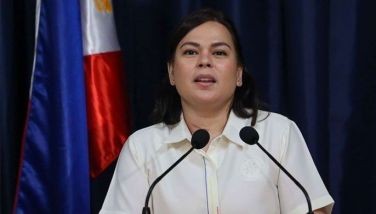Watching the volcanoes
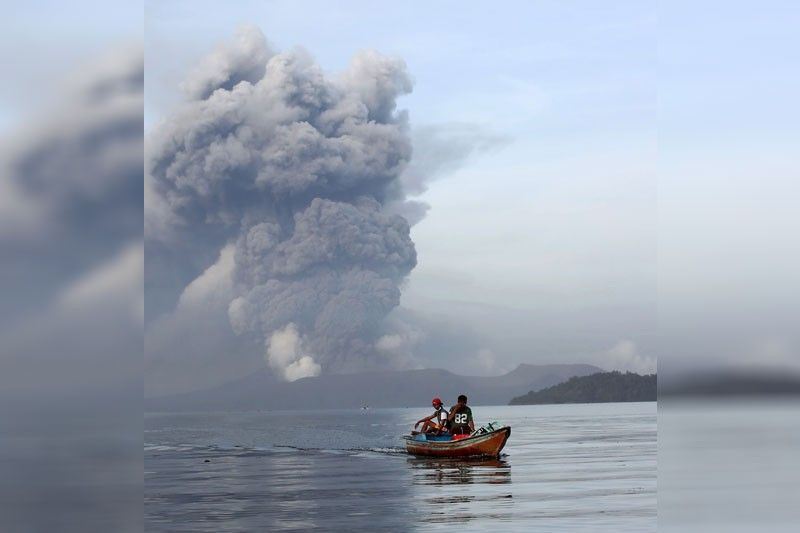
At the height of the Taal Volcano eruption last January, a calm, authoritative and reassuring face from the Philippine Institute of Volcanology and Seismology (Phivolcs) kept the public informed on the rumblings of one of the country’s most active volcanoes with regular media briefings.
The first woman-chief of the Phivolcs’ Volcano Monitoring and Eruption Prediction Division, Ma. Antonia “Mariton” Bornas believes a woman’s ability to multitask makes her effective in her job of monitoring and predicting eruptions of volcanoes.
“I find that as a woman, our multitasking skill comes in very handy. Women actually perform better on the operational aspect of the work,” the 50-year-old volcanologist says.
After assuming her post in 2011, Bornas contributed to the advancement of Phivolcs’ monitoring of active volcanoes as well as the capability and competencies of the personnel through collaborative partnerships with international organizations such as the United States Geological Survey and Japan International Cooperation Agency and with Belgian institutions.
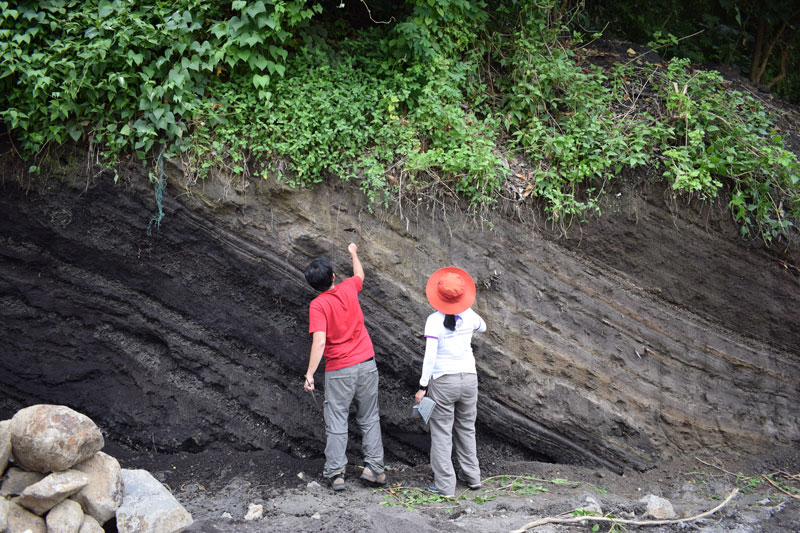
She noticed at that time most of the monitoring stations installed around Taal were mainly focused on the island. “When I assumed responsibility for monitoring, I saw the program and I knew it was not sufficient because Taal is not just the pulo (island) but the entire volcano lake or caldera.
“Historically, the Taal Volcano eruption hazards reached the lakeshore, so it has huge impact on lakeshore communities. We developed additional stations outside the island,” she says.
In partnership with the Belgian scientists, Bornas says Phivolcs was also able to operationalize a lot of new systems in Taal, including the very first dissolved carbon dioxide monitor in the main crater lake.
“This is the first in the world that measures carbon dioxide dissolved in a volcanic lake,” she says.
Since 2013, Bornas has been studying Taal Volcano in Batangas, located about 60 kilometers south of Manila, as part of her ongoing doctoral degree program with the Université Libre de Bruxelles (ULB) or Free University of Brussels in Belgium.
“Supposedly, I should have completed it last year but I’m not yet done with my manuscript. I need to rewrite some things because of what happened (in January). Actually, it (research) helped because I can speak with authority on what was happening (in Taal) then because it was based on my own research,” she says.
Taal erupted on Jan. 12, spewing ash across the Calabarzon region, Metro Manila and some parts of Central and Northern Luzon. The eruption forced the evacuation of over 300,000 people and left damage to agriculture amounting to more than P3.2 billion in the hardest-hit provinces of Batangas, Laguna and Cavite. “As I spent more time studying Taal, I realized how dangerous the eruption of the main crater is, and of course we have the caldera, which is actually the site of even larger eruption,” says Bornas, who graduated from the University of the Philippines-Diliman with a degree in geology.
Bornas also conducted researches on other active volcanoes in the Philippines such as Mount Pinatubo in Zambales, Mount Mayon in Albay, Mount Bulusan in Sorsogon and Mount Kanlaon in Negros island.
“What I can only say is among the people here in Phivolcs, I think nobody knows the volcanoes more than I do because I did research on all active volcanoes (in the country),” she says.
Bornas notes there are only a few women heads of volcano monitoring around the world, adding she herself experienced gender discrimination abroad. “During an international conference when I was introduced by my Indonesian friend as head of the volcano monitoring, this guy said, ‘No way, but you’re so young.’ I was 46 then, I thought what he meant then was, ‘but you’re a female’,” Bornas says.
Bornas attributes her “tough” leadership to her former boss, the late Phivolcs director Raymundo Punongbayan. Punongbayan died in a helicopter crash in 2005.
“People here see me as tough. I’m part of the generation here raised by Dr. Punongbayan. He made sure we were all tough, he’s really for gender equality. He treated everyone as equal. We’ve learned a lot from him. He would throw you into situations where you have to figure things out, it’s really a school of hard knocks with Dr. Punongbayan, that’s why we are like this now,” she says.
Communicating science
Phivolcs’ job does not end with identifying the hazards associated with the country’s active volcanoes and active faults.
What’s even harder is communicating the messages clearly and accurately to the public, Bornas says. “I understand that we really need to bring down, to reduce them (researches) into terms that would be understood by a broad spectrum of the society of stakeholders,” she underscores.
Another vital unit of Phivolcs headed by a woman is the Public Information Office.
Mylene Martinez-Villegas, chief of Phivolcs’ Geologic Disaster Awareness and Preparedness Division (GDAPD), is in charge of engaging the communities in the agency’s disaster risk reduction program.
“Because part of our work is the dissemination of information, we have program for capacity enhancement of DRR (disaster risk reduction) for different groups. It also became important that I learn and understand the psychology of learning and how we can communicate science to the public,” the 50-year-old geologist says.
As the volcano monitoring group already has their hands full with monitoring the volcano, analyzing and interpreting all data on the various monitoring parameters, Villegas says her team answers the immediate needs of the public for information.
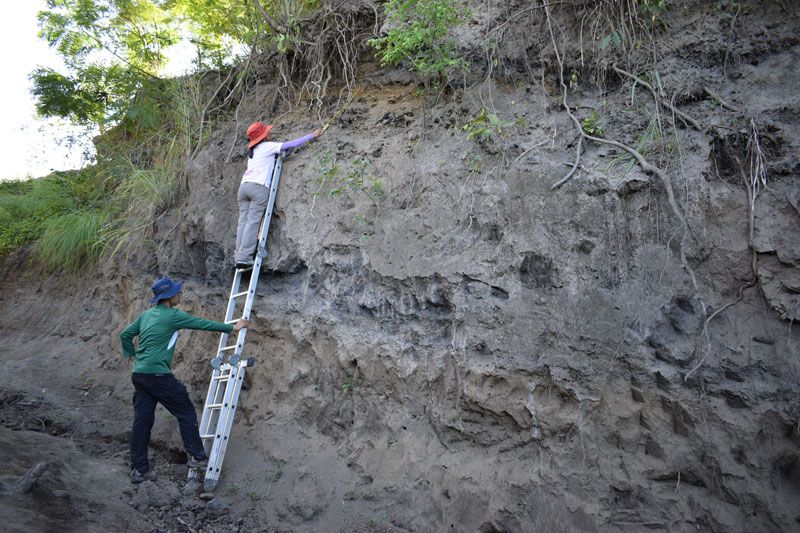
Villegas also holds a degree in geology from UP-Diliman. She completed two master’s degrees on geology and development communication from Arizona State University in the US and UP Open University, respectively. In 2017, she finished her doctor of communication degree, also from UP Open University.
She notes that Phivolcs’ researches on the eruptive history of various volcanoes were products of years of data gathering in the field, analysis in the laboratory and interpretation. “The challenge, however, of being in science, especially in this field of geologic hazards and risks, is that people still find it difficult to believe you when you talk about hazards, because of their lack of experiential knowledge,” Villegas says.
“I just really hope Filipinos will become more discerning when it comes to information they get. Check facts. Be critical thinkers,” she adds.
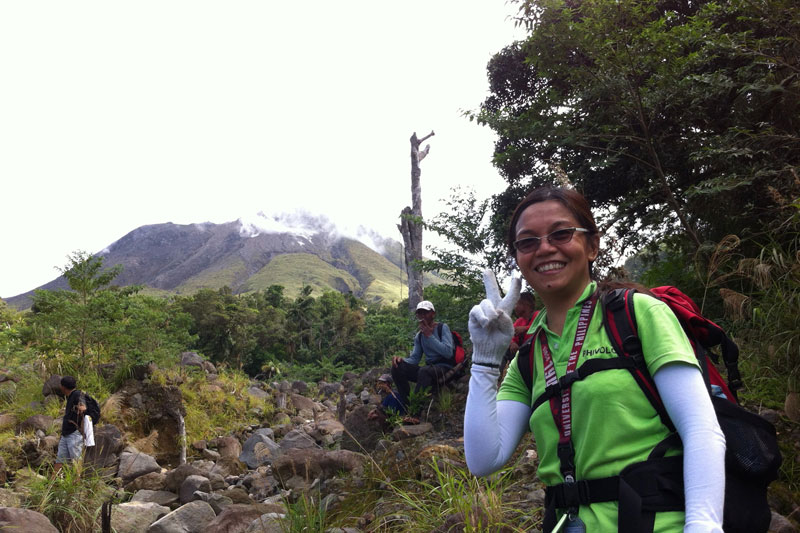
The GDAPD, in partnership with Belgian scientists, conducted various education campaigns and workshops with the local government of Batangas, particularly with the barangay captains of high risk areas in Agoncillo town in the past years.
A few months before Taal’s latest eruption, Phivolcs and local authorities were able to evacuate residents and close down two schools inside the volcano’s permanent danger zone.
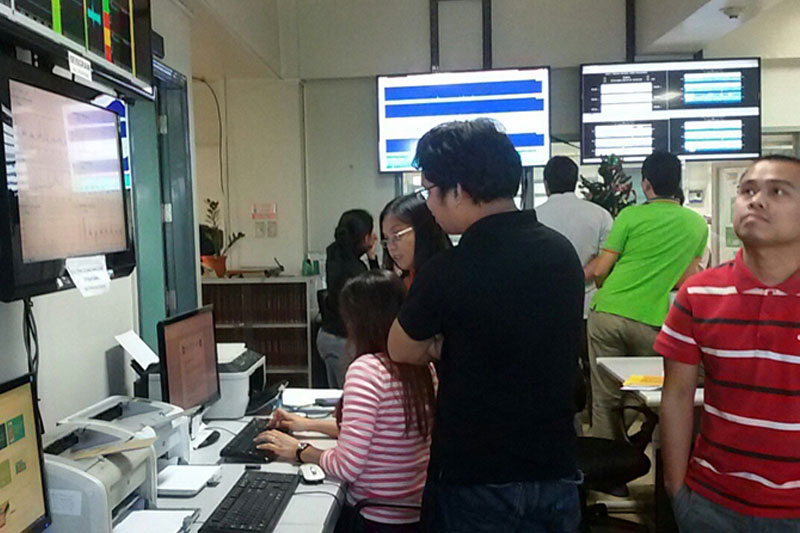
Still, Phivolcs became the subject of criticism for its supposed late warnings on Taal’s eruption and was even accused by a vice mayor of “sensationalizing” and “alarming” the people with its advisories.
But Phivolcs’ women heads handled the situation firmly.
“Sometimes what science actually says is not really what people hear, they have many things to weigh in or give importance to in making decisions,” Bornas says.
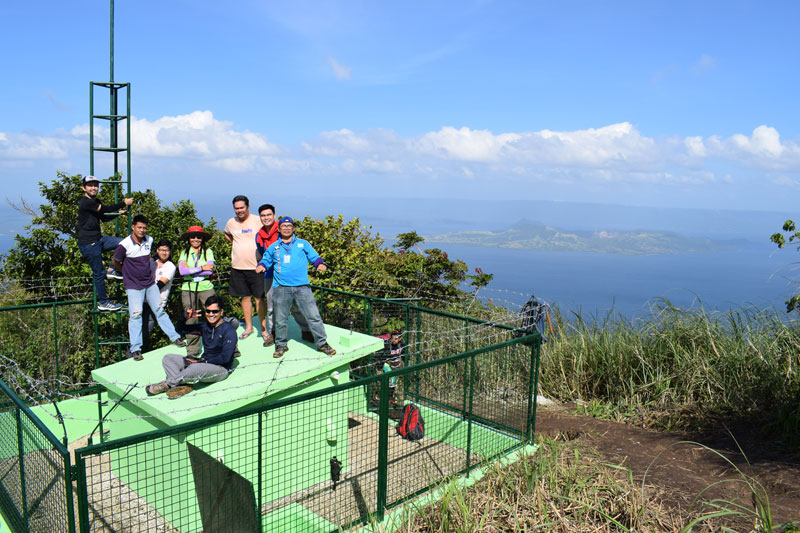
“I’ve been in this work for a long time, and Phivolcs has been in the position where it has to make really hard decisions. I’ve been involved in many volcanic crises and each of them has a different complexion, but one thing I learned is that it’s important to stand by what your data tells you,” she ends.
- Latest
- Trending

















